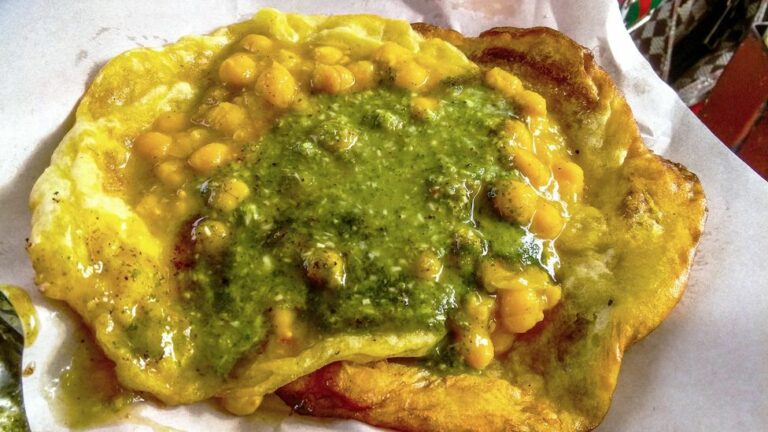Introduction: Tongan cuisine and vegetarianism
Tongan cuisine is known for its exotic flavors and unique cooking techniques. However, for vegetarians, exploring new cuisines can be a challenge. Vegetarianism is becoming increasingly popular around the world as people look for healthier and more environmentally-friendly food options. But is Tongan cuisine vegetarian-friendly?
Tongan cuisine is primarily meat-heavy, with dishes such as Lu and Oka being popular meat dishes. However, there are plenty of plant-based dishes in Tongan cuisine that can satisfy vegetarians. In this article, we will explore traditional Tongan dishes, popular meat dishes and their vegetarian alternatives, vegetarian-friendly Tongan dishes, and vegan options in Tongan restaurants and eateries.
Traditional Tongan dishes: meat-heavy or plant-based?
Traditional Tongan dishes tend to be meat-heavy. Examples include Lu, a dish made from taro leaves, coconut cream, and meat (usually chicken or canned corned beef), and Oka, a dish made from raw fish, onions, and coconut milk. However, there are also many plant-based dishes in Tongan cuisine, such as Ufi (a type of yam), Kūmala (sweet potato), and Cassava (tapioca).
It is worth noting that Tongan cuisine traditionally uses a lot of coconut milk and cream. Vegetarians should be aware that these products are often used in both meat and plant-based dishes. Therefore, it is important to ask the cook or server about the ingredients used in a particular dish before ordering.
Popular meat dishes and their vegetarian alternatives
As mentioned earlier, popular Tongan meat dishes include Lu and Oka. However, vegetarians can enjoy similar dishes with plant-based alternatives. For example, Lu can be made with vegetables such as pumpkin or eggplant instead of meat. Oka can be made with tofu or mushrooms instead of fish.
Another popular meat dish in Tongan cuisine is Feke, which is made from octopus. Vegetarians can try an alternative dish called Faikakai, which is made from pumpkin cooked in coconut milk and spices.
Vegetarian-friendly Tongan dishes and where to find them
There are plenty of vegetarian-friendly dishes in Tongan cuisine. Some of the popular ones include Faikakai (pumpkin in coconut milk), Lu Sipi (taro leaves with lamb), and Lu Pulu (taro leaves with corned beef).
Vegetarian options can be found in local restaurants and eateries, as well as in some Tongan households. On the main island of Tongatapu, there are several vegetarian restaurants and cafes that cater to vegetarians and vegans.
Vegan options in Tongan restaurants and eateries
Vegan options are available in some Tongan restaurants and cafes. However, it is important to ask about the ingredients used in a particular dish to ensure it is vegan-friendly. Vegan dishes in Tongan cuisine include dishes made from vegetables, such as Lu with pumpkin or eggplant, and coconut dishes such as Ha’apai (a dessert made from coconut cream and tapioca).
Conclusion: Vegetarianism and the future of Tongan cuisine
In conclusion, Tongan cuisine is primarily meat-heavy, but there are plenty of plant-based dishes in the cuisine that can satisfy vegetarians. Tongan cuisine is evolving, and as more people adopt vegetarianism and veganism, it is likely that more vegetarian and vegan options will become available in Tongan restaurants and eateries. By embracing vegetarianism and offering more plant-based options, Tongan cuisine can continue to thrive and offer delicious and healthy food options for all.










